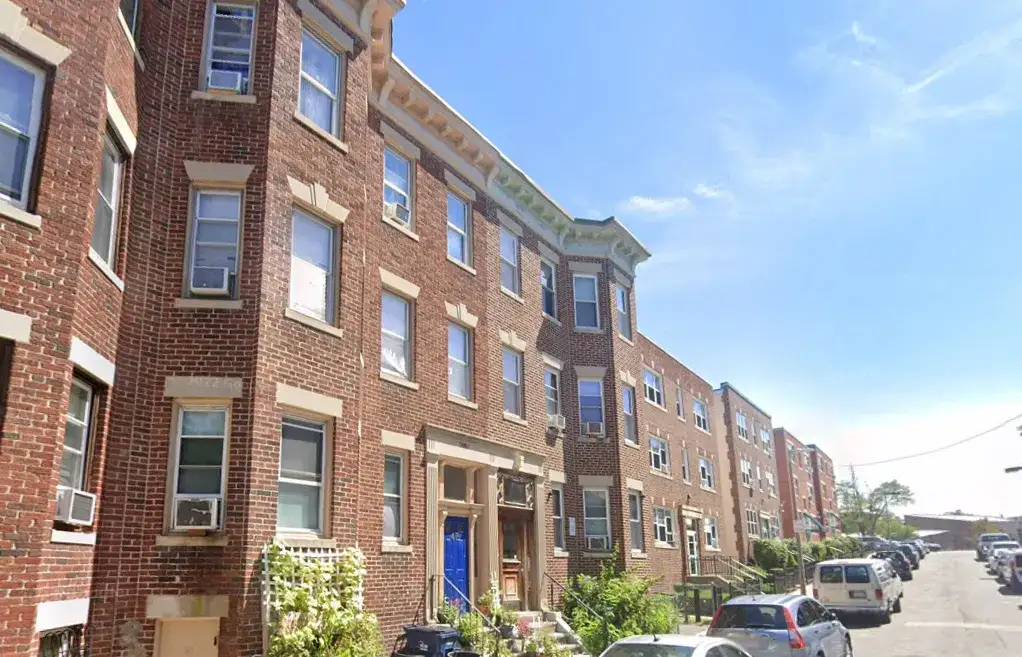
It’s also critical to understand their experiences with substance abuse. Some people drink alcohol because it’s exciting and makes them feel alive. They actively seek to get drunk to chase a thrilling sensation and are likely to be adolescent or young adult males with extroverted, aggressive or impulsive personalities. People who drink for enhancement often engage in adolescent binge drinking and other risky behaviors. Among the various models that define types of alcoholics, one focuses on the motives behind drinking to gain a deeper insight into alcohol addiction and understanding an alcoholic.

Alcohol Abuse
Most intermediate familial alcoholics begin drinking around age 17 and develop alcoholism later in life, around age 32. About half of this group comes from families with alcohol problems and are likely to suffer from mental disorders. They also have high rates of cigarette, marijuana, and cocaine addiction. Antisocial personality disorder commonly co-occurs with alcohol abuse, as alcohol can lower social inhibitions and anxiety, and make a person feel more relaxed.

Root Vegetables
- If an individual does not withdraw safely, then they risk a host of issues.
- The majority have full-time jobs, yet their income is lower than those in the functional subtype.
Over a third of the people in this subtype have sought some form of help or treatment to overcome their alcohol dependence, whether a private health care provider, treatment program, detox or self-help group. About half of those in the young adult subtype are employed full-time, and many are still in college. The characteristics of alcoholics in the young adult subtype include drinking less than other types of alcoholics, but when they do use, they engage in binge drinking.
Outpatient Alcohol Recovery at Northpoint Seattle
- Many also have a high probability of cocaine use disorder and opioid use disorder.
- Avenues Recovery have outlined each subtype within this article, so you can learn about them all and identify where you or a loved one may fit in.
- Thus the data was therefore not a representative sample of men and women, and it also ignored the 25% of alcoholics who never seek or receive treatment.
- Northpoint Seattle’s outpatient treatment program is located in beautiful Seattle, Washington, and we work to help the surrounding communities.
- Addiction Resource does not offer medical diagnosis, treatment, or advice.
We want to guide you down the path to recovery – call today to learn more. Intermediate familiar alcoholics are typically employed and have a close family member who’s an alcoholic too. BetterHelp can connect you to an addiction and mental health counselor.

Young Adult and Young Antisocial Alcoholics presently account for about half of the alcoholism in the United States. Tim enjoys writing about addiction and recovery, this topic has personally affected him, fuelling his desire to help others. After undergoing a full detox, it is always recommended that individuals follow this with therapy or counselling of some form.
Approximately one-third have a family history of alcoholism, and about one-quarter have been diagnosed with major depression. If you or a loved one suffers from alcohol use disorder (AUD), you must seek addiction treatment. Luckily, there are several treatment options for all types of alcoholics. The chronic severe subtype is the least prevalent, accounting for only about 9 percent of alcoholics.13 However, this group is the most severe, with heavy drinking occurring almost daily. Members of this group have high rates of antisocial personality and substance abuse disorders, including addictions to cocaine, meth or opioids.

This group has the highest rate of seeking treatment from a private health care provider but also often choose self-help groups, specialty treatment programs, and detox programs. Almost 27% of intermediate familial alcohol dependents have sought help for their drinking problem. They tend to prefer self-help groups, detoxification programs, specialty treatment programs and individual private health care providers. Chronic severe alcoholics 5 types of alcoholics include the highest percentage of people struggling with co-occurring psychiatric disorders and other substance abuse issues. This group also experiences the highest alcohol-related emergency room visits, work and social problems, and withdrawal. The good news is that treatment for functioning alcoholism or chronic alcoholism, or any subclassification of alcohol use disorder, can lead to long-term sobriety and recovery.

Severity Levels of Alcohol Use Disorder
- They have the highest percentages of drinking more than they intended, alcohol-related work problems, withdrawal symptoms, and alcohol-related emergency room visits.
- With the lowest employment rate and the highest divorce and separation rates, this group has the time to drink more than any other.
- Nearly 19 percent of alcoholics in the U.S. fall into the intermediate familial category.
- When they do seek treatment, they’re more likely to attend a 12-step group or seek treatment from private health care professionals.
- A chronic severe alcoholic likely started drinking and struggling with alcohol-related issues and problematic drinking at a young age and is currently middle-aged.
This subtype has high rates of divorce, acute alcohol withdrawal (over 80%) and emergency room visits caused by drinking. They drink more frequently than any other group, have the lowest employment rate and are most likely to seek help for their alcoholism (67%). Their preferred treatments include self-help, rehab and detox programs. We publish material that is researched, cited, edited and reviewed by licensed medical professionals. The information we provide is not intended to be a substitute for professional medical advice, diagnosis or treatment. It should not be used in place of the advice of your physician or other qualified healthcare providers.
